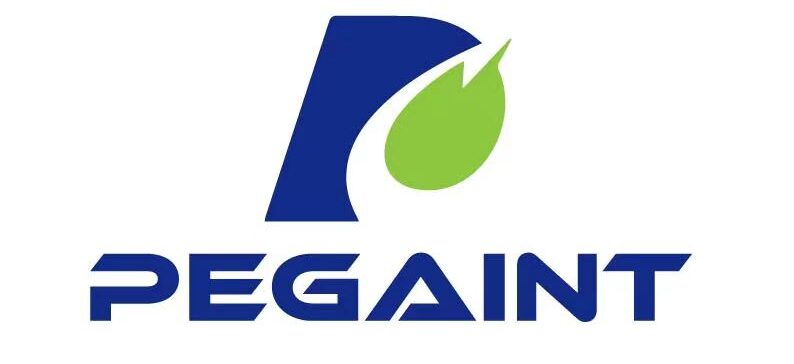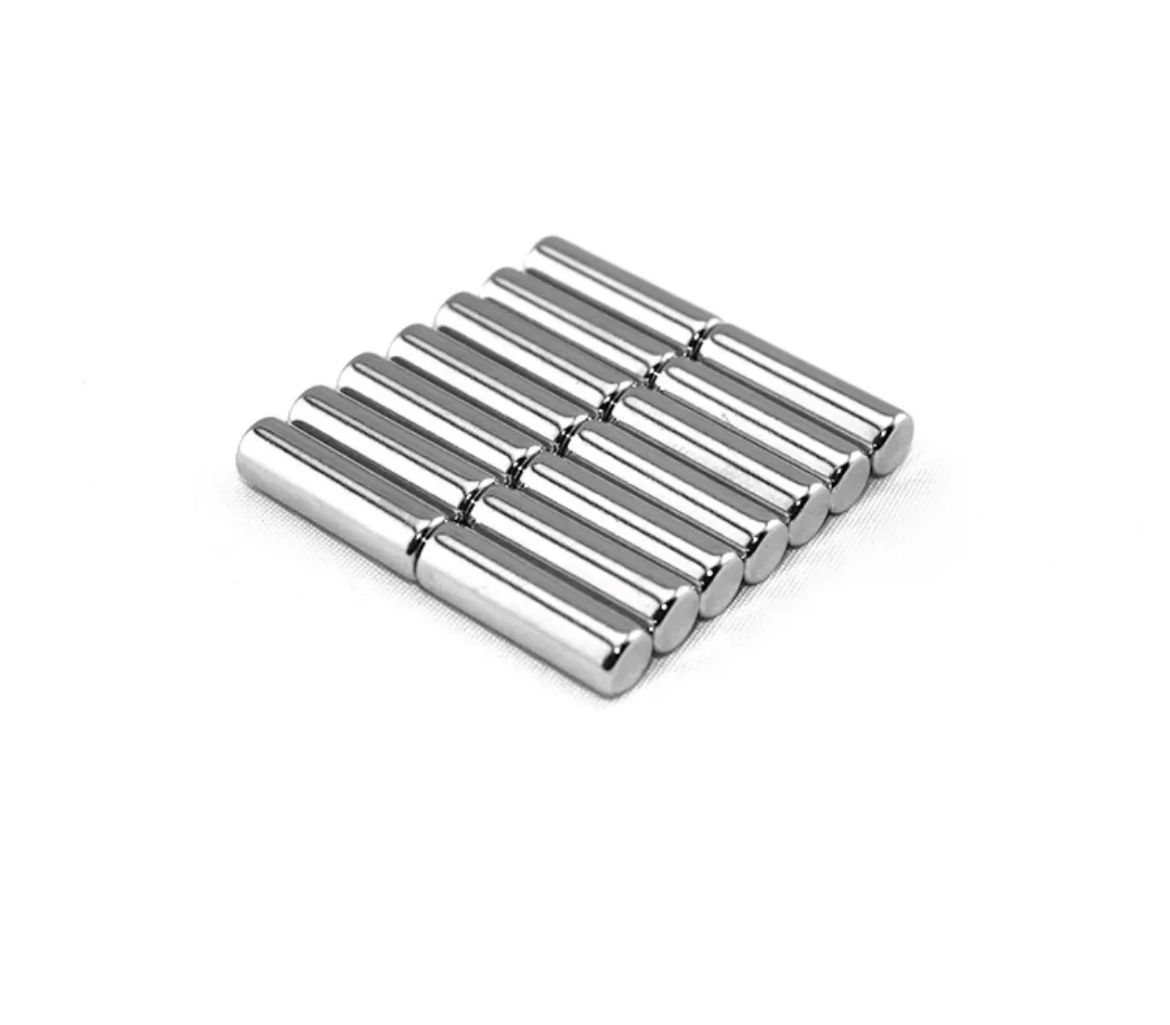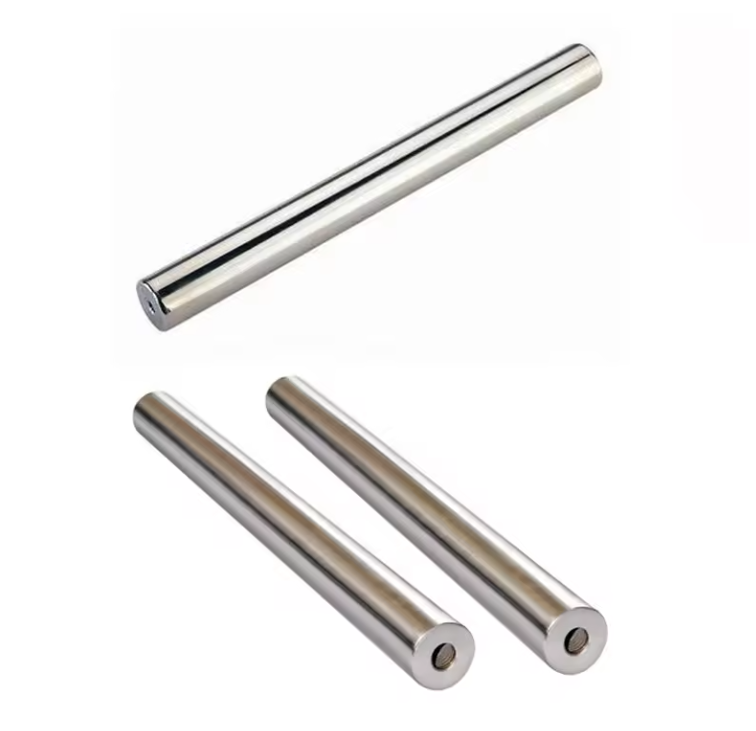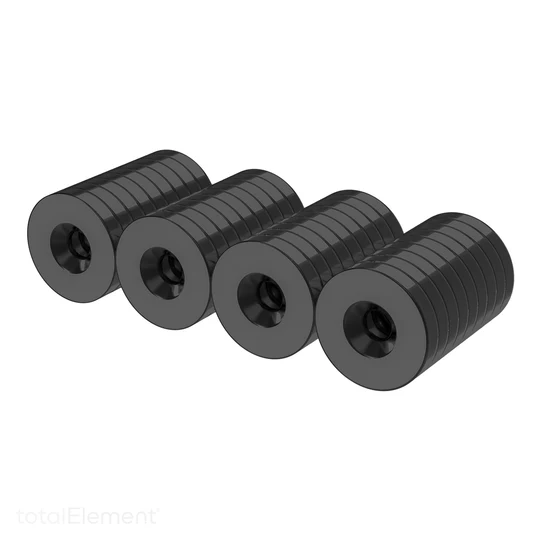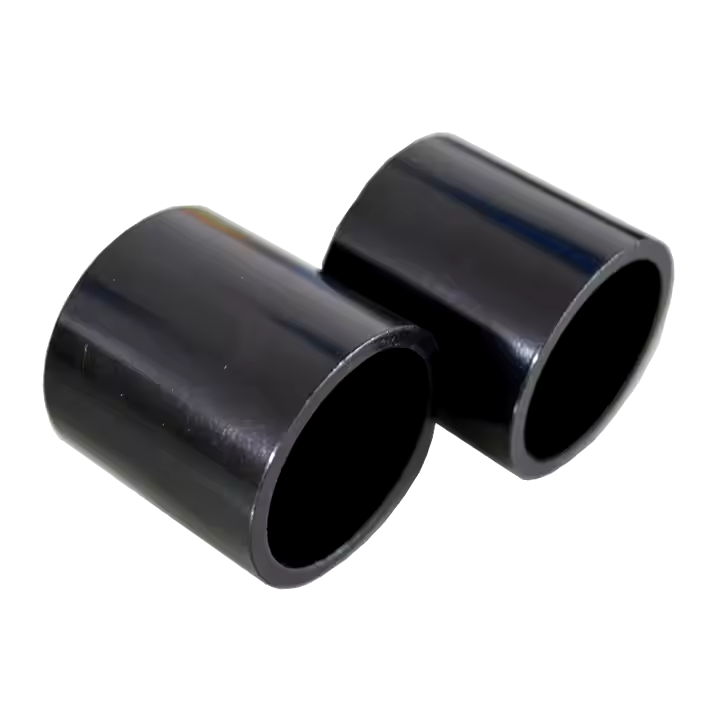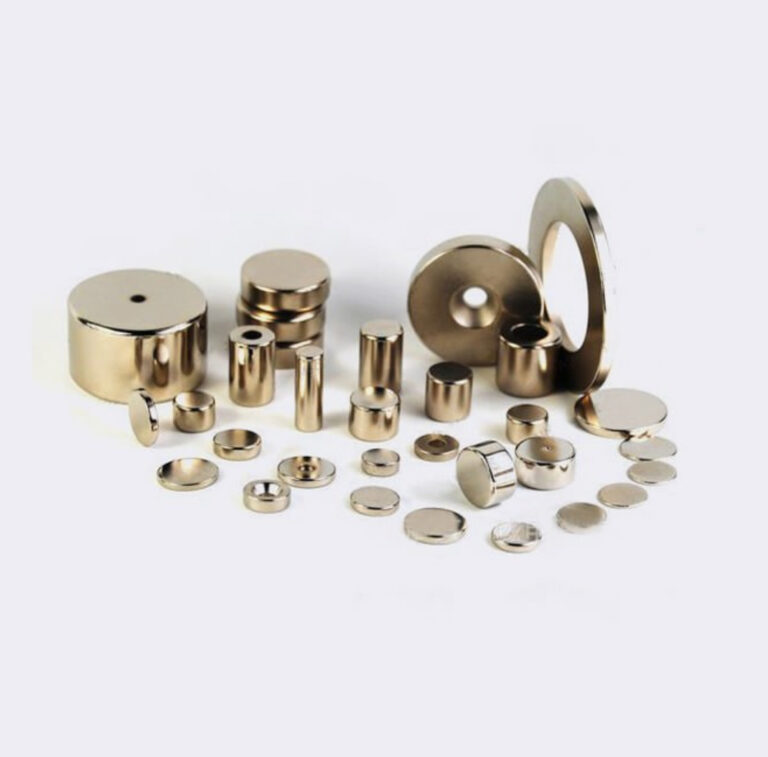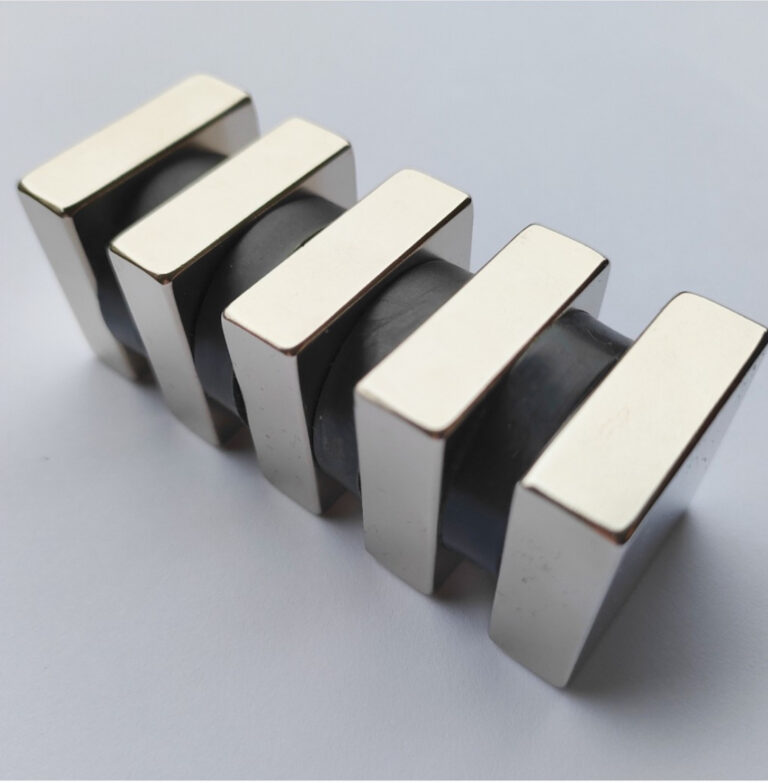How Pegaint Magnet Thrives Amid Rare Earth Export Restrictions and US-China Trade Tensions?
Magnet manufacturers globally—especially in China—are facing unprecedented pressure due to rare earth export restrictions and ongoing U.S.-China trade tensions. However, some companies are finding ways to adapt, innovate, and even thrive in this environment. Here’s how:
🔧 1. Diversifying Material Use
• Many magnet producers are reducing reliance on rare-earth elements like neodymium (Nd) and samarium (Sm), which are now heavily regulated.
• Companies are exploring non-rare-earth alternatives such as:
• AlNiCo (Aluminum-Nickel-Cobalt) magnets
• Ferrite (ceramic) magnets
• Emerging technologies like iron-nitride (Fe-N) magnets.
✅ Benefit: Less exposure to Chinese export controls and price volatility.
🌐 2. Geographic Supply Chain Reshuffling
• Magnet manufacturers outside China are securing alternative rare-earth sources from:
• Australia (Lynas Rare Earths)
• United States (MP Materials)
• Vietnam and Africa
• Some are repatriating production or forming joint ventures in Southeast Asia to bypass Chinese control
✅ Benefit: Increased supply chain independence.
🔍 3. Specialization in High-Performance Magnets
• Firms are moving upmarket, focusing on:
• Aerospace-grade magnets
• Medical imaging magnets (MRI, surgical robotics)
• High-efficiency EV drive systems
• These applications justify premium pricing and often fall under more favorable export exemptions.
✅ Benefit: Less competition, higher margins, and strategic export priority.
⚙️ 4. Investing in Recycling & Circular Supply
• Companies are recycling magnets from old electronics, EV batteries, and wind turbines.
• Startups and major players alike are developing closed-loop recycling systems to recover rare earths.
✅ Benefit: Reduces dependence on virgin rare-earth imports and aligns with ESG goals.
📜 5. Compliance Mastery and Export Readiness
• Chinese firms like Pegaint have built internal compliance units to handle:
• Export license applications
• Customs inspections
• Certifications (RoHS, REACH, ISO)
✅ Benefit: Faster approvals and uninterrupted export flow while competitors struggle.
🏭 6. Domestic Market Refocus
• Amid export bottlenecks, many Chinese firms have pivoted inward:
• Serving booming Chinese EV, 5G, and industrial automation markets
• Winning government and state-owned contracts
✅ Benefit: Stable revenue from resilient domestic demand.
📈 7. Strategic Partnerships & Vertical Integration
• Companies are partnering with OEMs (automotive, electronics) to lock in demand.
• Some are vertically integrating:
• Mining → Smelting → Magnet fabrication → Finished components
✅ Benefit: Full value-chain control reduces risk and enhances margins.
💡 8. R&D into Rare-Earth-Free Magnets
• Leading companies are accelerating research into next-gen magnetics:
• Iron-nitride (Fe₁₆N₂)
• High-performance ferrite composites
• Amorphous metals or spintronic materials
✅ Benefit: Future-proofing against geopolitical disruption and supply constraints.
✅ Summary Table
Strategy Outcome
Material diversification Reduced rare-earth dependency
Alternate sourcing Supply chain security
Premium applications Higher profit, strategic exemptions
Recycling ESG alignment, rare-earth reuse
Export compliance Fewer delays, better approvals
Domestic pivot Buffer against export risk
Vertical integration Lower cost, more control
R&D investment Long-term competitive edge
📌 Bottom Line:
Magnet manufacturers thrive amid trade tensions and restrictions by staying agile, investing in alternatives, mastering compliance, and focusing on high-value niches. The winners are those who treat disruption not as a threat—but as a catalyst for reinvention.
If you’re looking for specific companies
